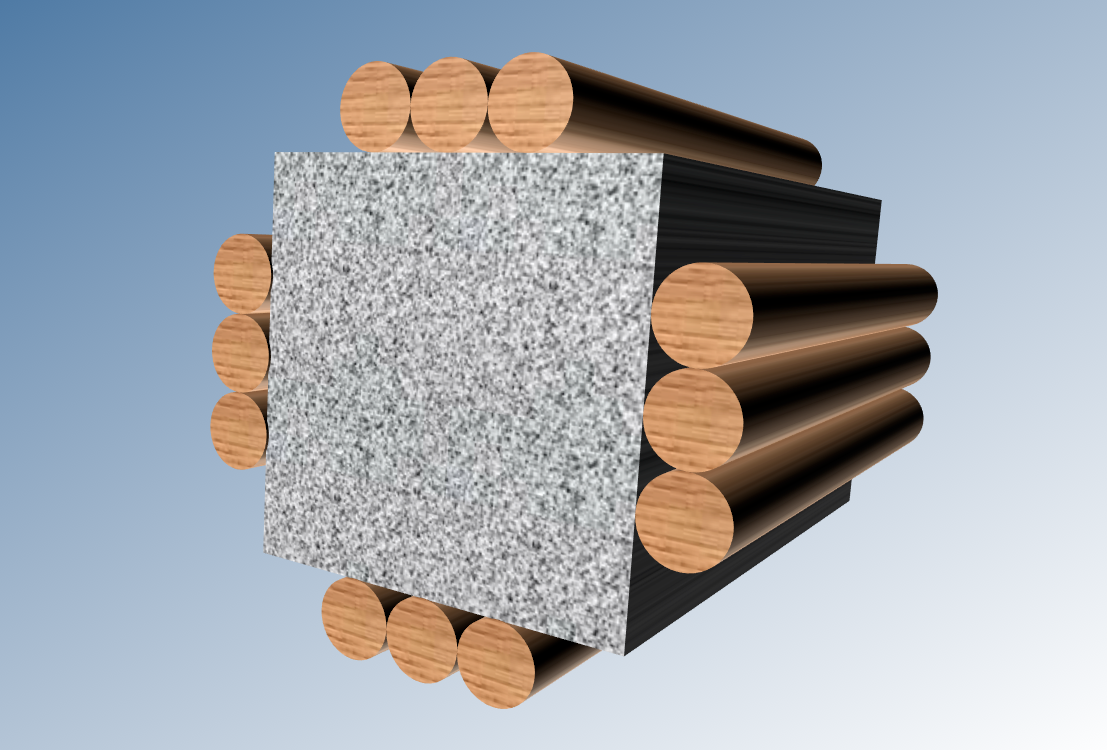I recall seeing some artefacts that were found at Giza that looked like circle segments (think of a an orange segment). These were measured to be roughly the same size as the width measurment of a great pyramid block.
The idea was that these wooden circle segments were lashed around the blocks, effectively making them rollers. Ropes were wound around them, think of a captsan on its side, and that allowed small teams to roll them with much reduced effort.
This method has been suggested many times, but with the identification of these long known though litte understood artefeacts, it would lend credence to the theory. It is a
similar method to one described here that uses round dowels to crudely make the same effect.
This kind of method, in combination with the highly organised work gangs, as evidenced in the papyrus finds, would account for the apparent speed and ease with which blocks were moved and placed.
Here's another description of the method.


